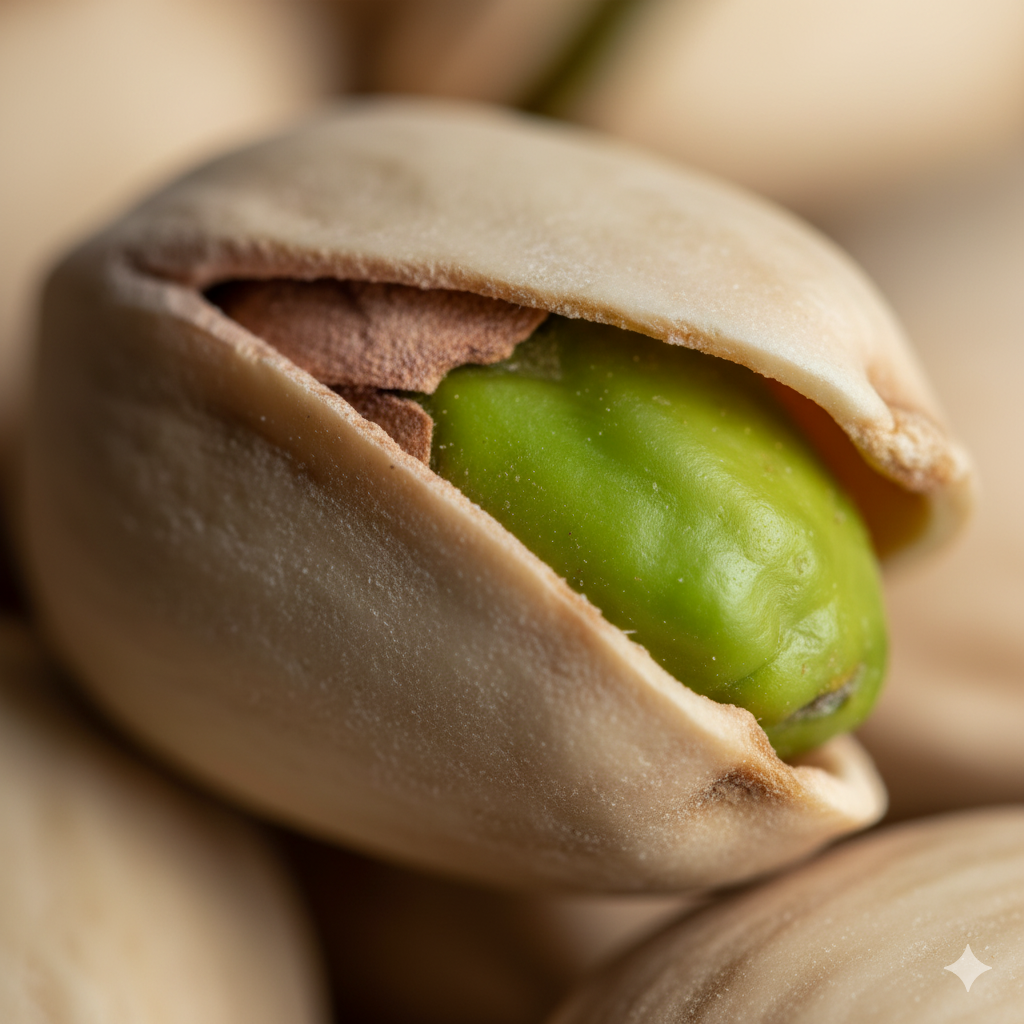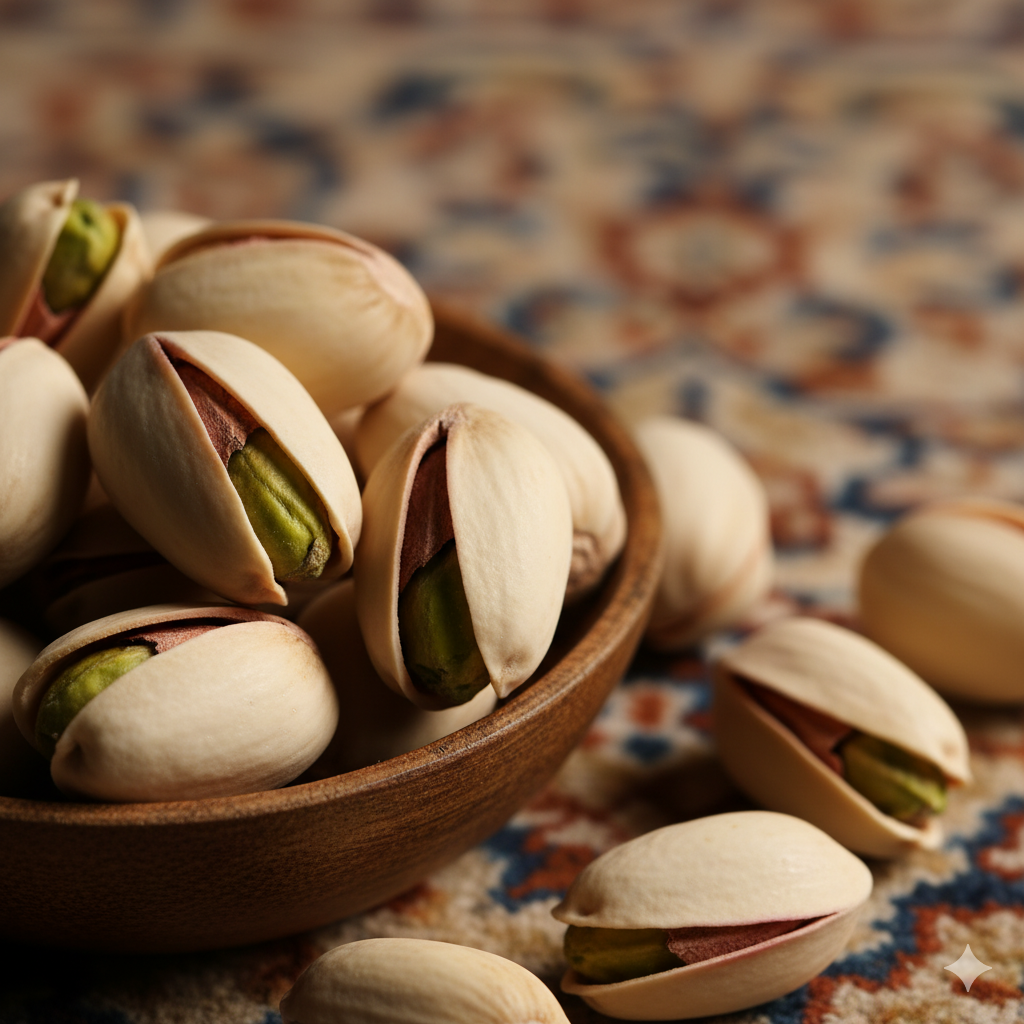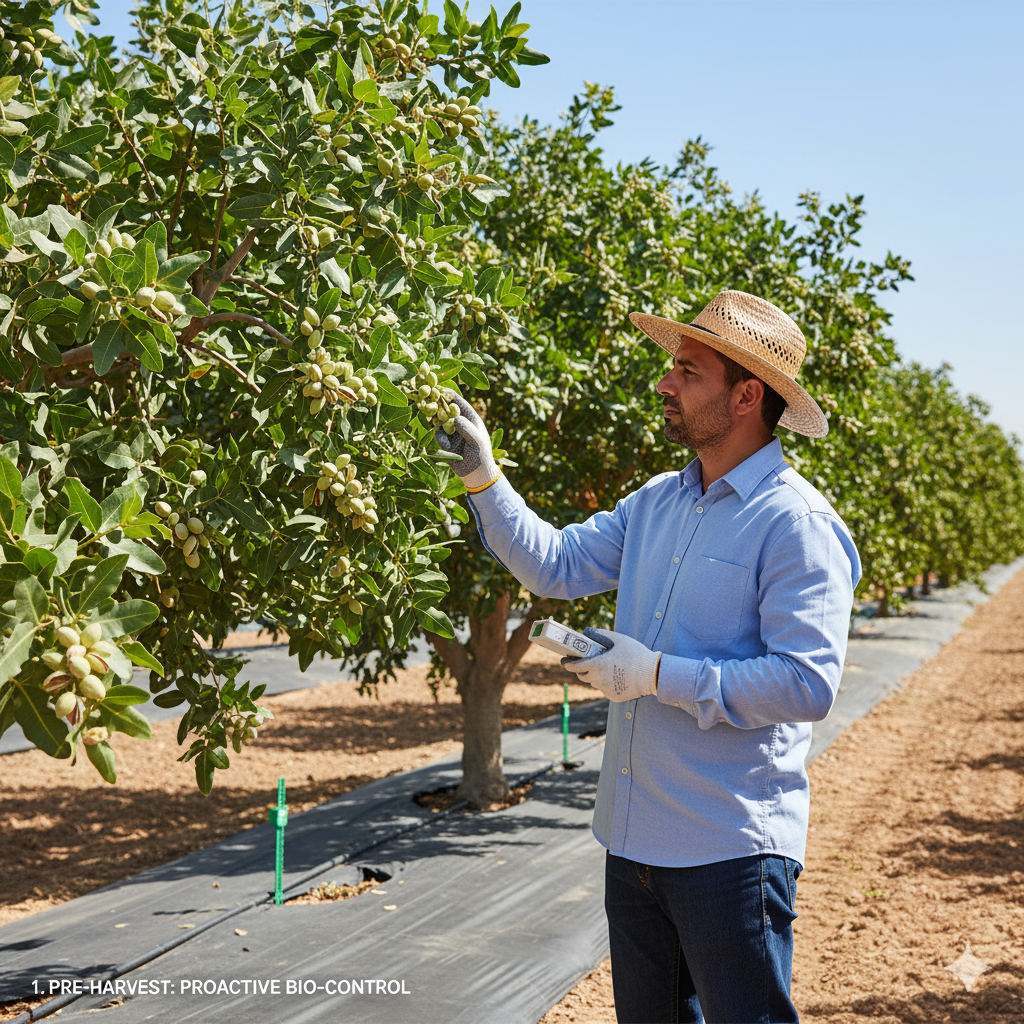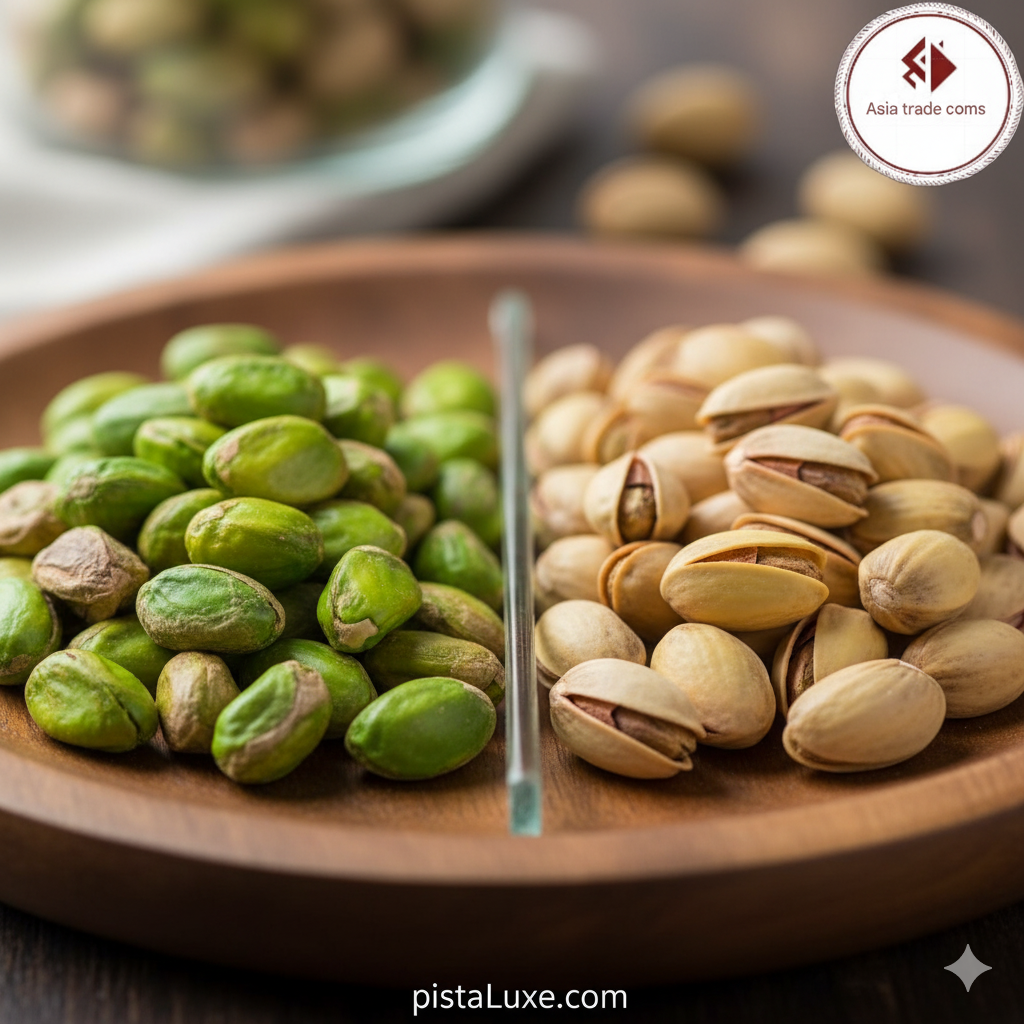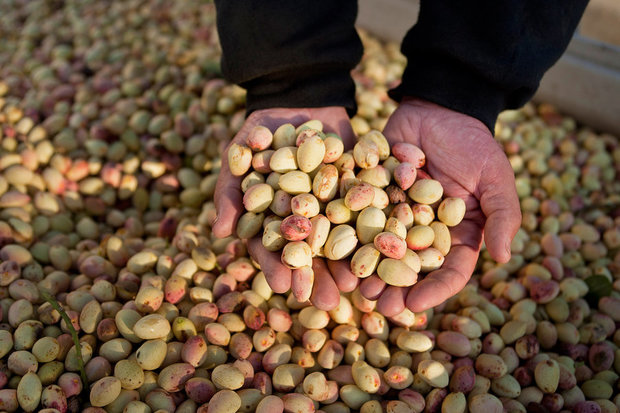
The pistachio industry is standing on the cusp of a technological revolution. Faced with increasing demands for efficiency, sustainability, and enhanced profitability, growers are turning to smart farming technologies to transform traditional practices. These innovations are not merely incremental improvements; they represent a fundamental shift in how pistachios are cultivated, managed, and brought to market.
At the heart of this transformation lies precision agriculture. By leveraging the power of the Internet of Things (IoT), growers can now deploy sophisticated sensor networks throughout their orchards. These sensors continuously monitor critical parameters such as soil moisture, temperature, nutrient levels, and even microclimatic conditions. The data collected is then transmitted wirelessly to a central platform, where it is aggregated and analyzed in real-time. This granular visibility allows growers to make informed decisions about irrigation, fertilization, and pest management with unprecedented accuracy.
Remote sensing technologies further augment this capability. Drones equipped with multispectral cameras can capture high-resolution imagery of entire orchards, providing a bird’s-eye view of tree health and vigor. By analyzing the spectral signatures of individual trees, growers can identify areas of stress or disease early on, allowing for targeted interventions. This proactive approach minimizes yield losses and reduces the need for broad-spectrum treatments, promoting a more sustainable and environmentally friendly approach to farming.
Water management is a critical concern in many pistachio-growing regions. Smart irrigation systems utilize soil moisture sensors and weather data to optimize water delivery, ensuring that trees receive the precise amount of water they need, when they need it. Variable rate irrigation technology takes this a step further, allowing growers to apply different amounts of water to different parts of the orchard based on the specific needs of the trees in those areas. This not only conserves water but also improves overall tree health and productivity.
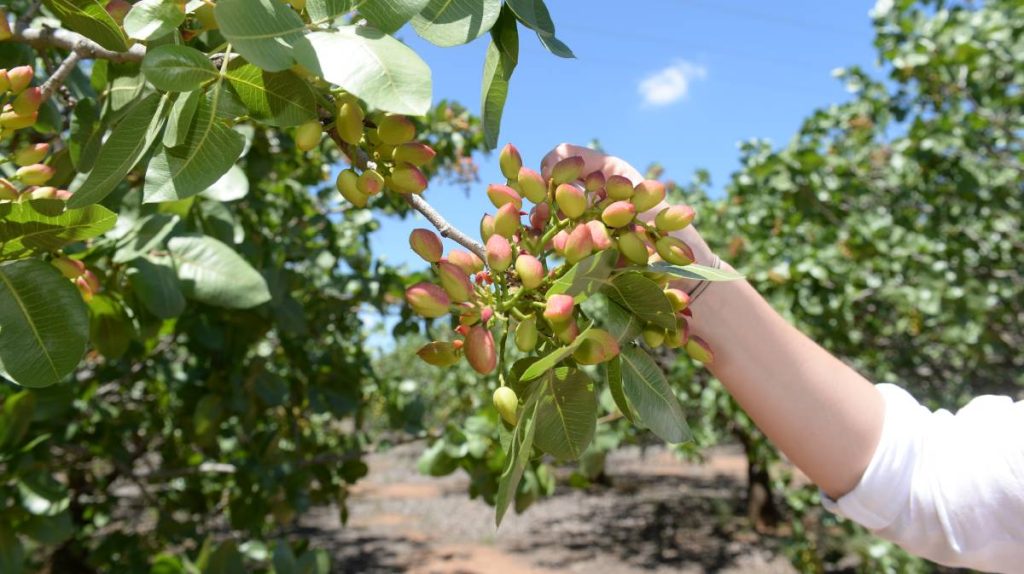
Data analytics plays a pivotal role in unlocking the full potential of smart farming technologies. By analyzing historical data on yields, weather patterns, and soil conditions, growers can identify trends and patterns that would otherwise be invisible. This predictive capability enables them to anticipate potential problems and take proactive measures to mitigate risks. For example, by analyzing weather forecasts, growers can adjust irrigation schedules in advance of heat waves or drought conditions, minimizing stress on trees and preventing yield losses.
Automation is another key driver of innovation in the pistachio industry. Automated harvesting equipment can significantly reduce labor costs and improve the efficiency of the harvesting process. Robotic pruning systems can precisely prune trees to optimize light penetration and airflow, promoting healthier growth and higher yields. These technologies are not only improving productivity but also making pistachio farming more attractive to younger generations, who are more likely to embrace technology-driven approaches.
The adoption of smart farming technologies is not without its challenges. The initial investment costs can be significant, and growers may require training and support to effectively implement and utilize these tools. However, the long-term benefits, including increased yields, reduced resource consumption, and improved sustainability, far outweigh the costs. As these technologies become more accessible and affordable, they are poised to transform the pistachio industry and ensure its long-term viability in a changing world. The future of pistachio farming is undoubtedly smart, sustainable, and data-driven.
Contact Information:
For inquiries regarding the purchase of dried fruits and nuts, please contact Mr. Ravanshad at +989214773705.


